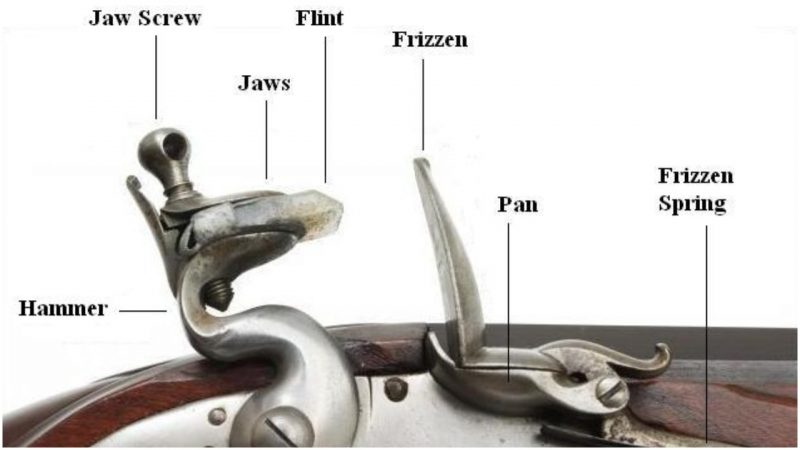The flintlock mechanism not only changed how soldiers fought on the battlefield, it also changed how firearms were made. This allowed a far greater variety of guns to be designed and produced which, in turn, popularized firearms in general.
One of the first major discoveries in the era of the firearm was the invention of gunpowder itself. Another major shift came with the invention of the flintlock mechanism, which essentially revolutionized the way firearms were shot and greatly increased their effectiveness on the battlefield.
The flintlock mechanism was a genius 16th-century invention that allowed arquebuses and muskets to be fired in a quicker and more reliable manner than previous mechanisms.
A flintlock mechanism works by having a hammer with a piece of flint attached strike a steel frizzen when the trigger is pulled. This friction causes sparks to shoot into the priming pan of the musket barrel, which is simultaneously opened by the action of the mechanism. The sparks ignite the black powder primer, which in turn ignites the main propellant in the barrel and fires the musket.

This probably doesn’t very revolutionary, but in terms of what came before the flintlock mechanism, it really was.
Prior to the invention of the flintlock mechanism, muskets and arquebuses were fired by matchlock or wheellock mechanisms. These mechanisms used a constantly burning match or fuse which was inserted into the flash pan to ignite the primer and then the main propellant.
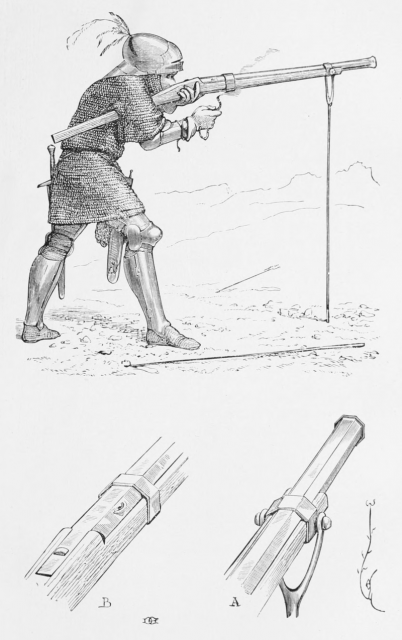
The problem with these earlier mechanisms was that they required matches to be constantly burning if the firearm was to be used. Rain could quickly put them out and render the firearm useless. Furthermore, the glow from the burning match could be seen in the dark, making the shooter a target.
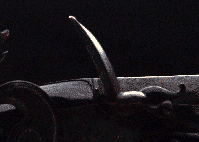
It also made the danger of accidental discharges of firearms a distinct possibility. The chances of an accidental discharge were so high that soldiers carrying the muskets had to stand with large gaps between each other when in firing order.
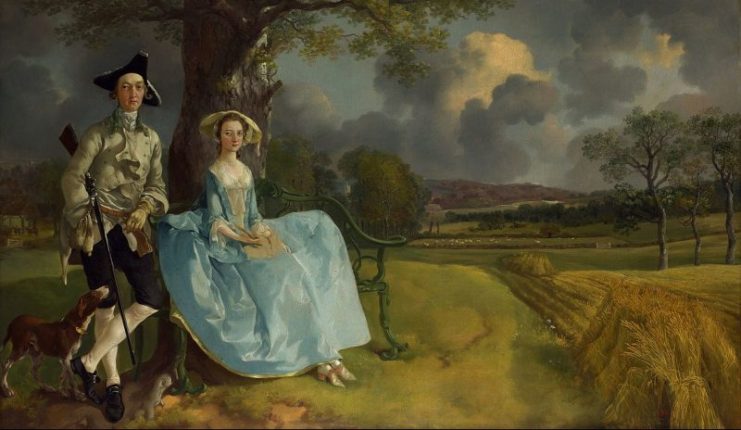
This meant that their firepower was not as concentrated as it could be and that their numbers had to be supplemented by pikemen standing between them to plug the gaps. The invention of the flintlock mechanism changed all of this and, in turn, changed the way battles were fought.
With the introduction of the flintlock mechanism, soldiers could stand much closer together without worrying about setting off each other’s muskets. This allowed them to concentrate their firepower in devastating volleys.
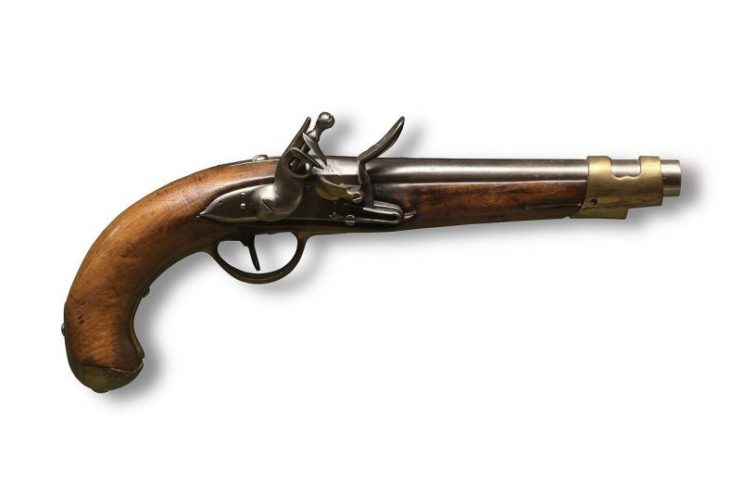
Also, with the introduction of the bayonet, it allowed them to form a defensive wall against cavalry without the need for pikemen. It also increased their melee combat potential, effectively ushering in the age of the bayonet charge.
The flintlock mechanism not only changed how soldiers fought on the battlefield, it also changed how firearms were made. This allowed a far greater variety of guns to be designed and produced which, in turn, popularized firearms in general.
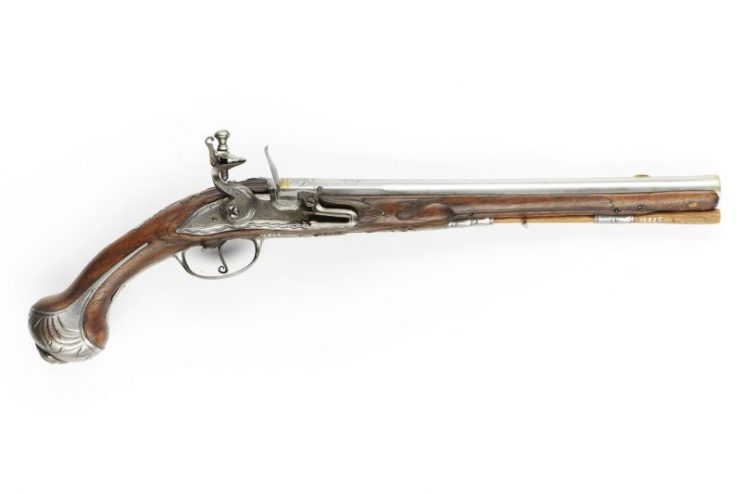
Consequently, the growth (and thus continued development and innovation) of the fledgling firearms industry accelerated, both in Europe and in North America.
While it isn’t known exactly when the first flintlock mechanism was invented or who invented it, the most popular style of flintlock mechanism (the one that went on to be used in a great number of different types of firearms throughout the flintlock era) was invented by Marin le Bourgeoys.
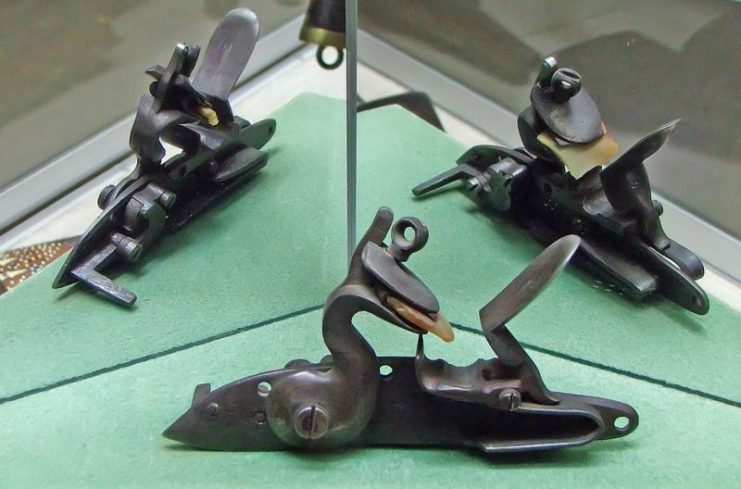
This French gunsmith introduced his style of flintlock to King Louis XII around 1610. Marin le Bourgeoys’s flintlock came to be known as the “true flintlock.”
It was a combination of earlier flintlock designs, such as the miquelet or snaphance, which had been developed over the preceding 50 years or so. By the end of the 17th century, the “true flintlock” had replaced all of the other variants and was the most popular firing mechanism on firearms of the period.
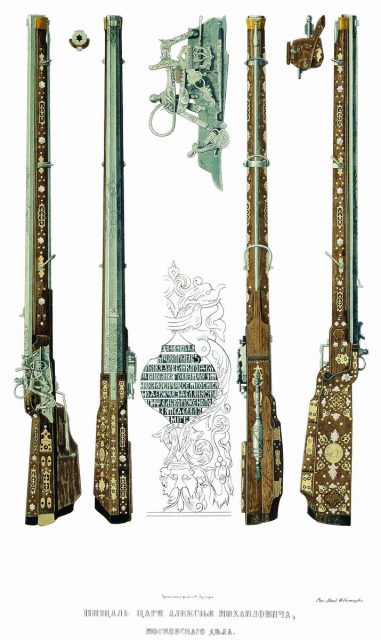
Interestingly enough, flintlocks made a significant enough impact on European and North American culture that we still use expressions in English today that are derived from flintlock firearms.
The expression “lock, stock, and barrel” is derived from the three major parts that made up a flintlock musket: the lock (flintlock mechanism), the stock (the butt), and the barrel.

Also, going into something “half-cocked” comes from a position of the flintlock mechanism: in a half-cocked position, it can’t fire. Another flintlock-derived expression is “a flash in the pan,” referring to the priming pan into which the sparks from the flint land, igniting the propellant.
As an item of technology in an age of rapid change and progress, the flintlock mechanism was remarkably long-lived. From the time of its invention, it became the primary mechanism by which the vast majority of guns were fired for almost 300 years.
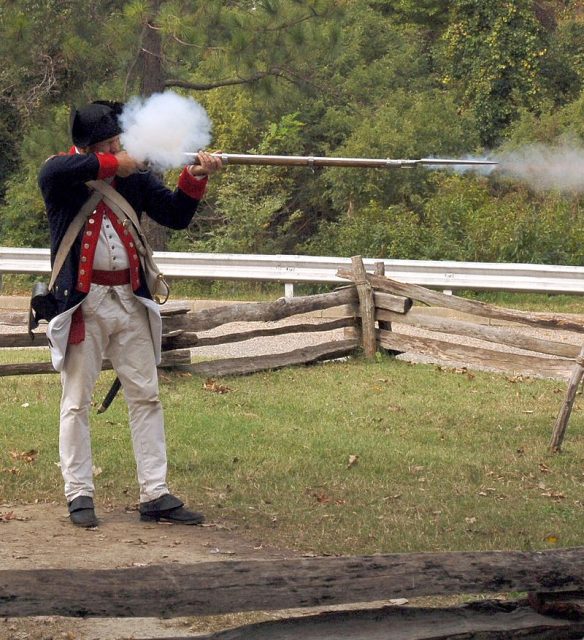
It was only replaced in the early 19th century by the percussion lock – which lasted a mere half a century before being replaced by modern bullets.
While it has been obsolete for almost 200 years, flintlock mechanisms are still popular with black powder firearms enthusiasts.
The flintlock mechanism really did revolutionize both the way guns were made and how they were used on the battlefield. It can really be said to have changed history.
